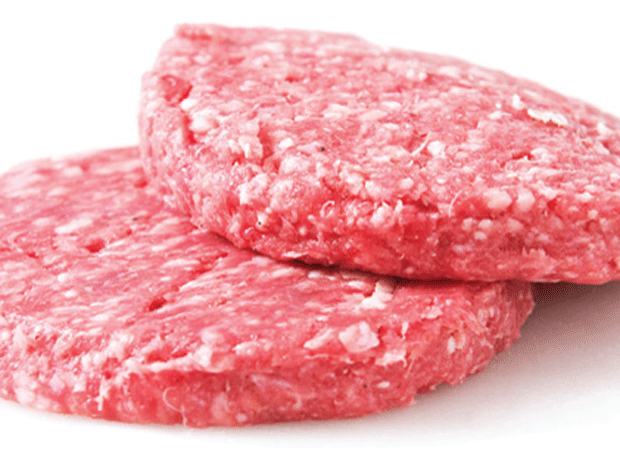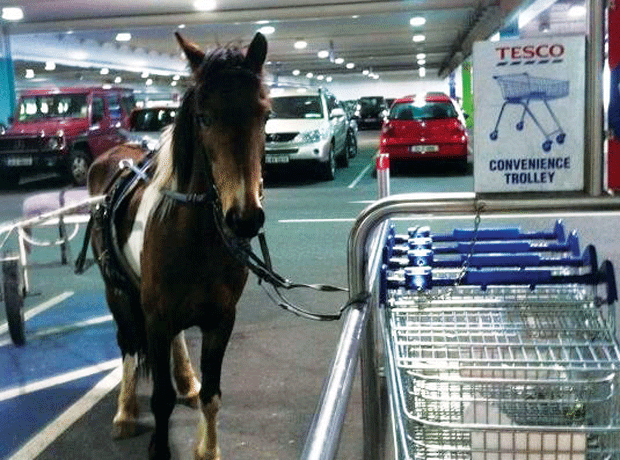With Twitter finally running out of horse-related puns, it’s time to start asking questions about the wider, longer-term implications of the horse meat burger contamination scandal.
Because of one of its burgers was found to contain 29.1% horse DNA when others tested for far less (and because of its high profile more generally), Tesco has borne the brunt of the bad headlines today and - at the time of writing - has already paid with a £300m loss on the stock market.
But it would be a mistake to think this is largely a Tesco problem. If consumers lose confidence in what does - and, crucially, doesn’t - go into their meat products, it’s not just the reputation of one retailer or one particular supply chain that is put at risk.
The impression created by today’s horse meat stories - that to buy value-tier meat is to buy into a world of unknown horrors because unscrupulous suppliers might just mince up a random selection of farmyard animals - has the potential to undermine trust in the meat industry at large.
What will help is a robust response from food safety regulators, and that is why the efforts of the Irish authorities now need to be matched by comprehensive tests through the FSA over here. A UK investigation has already been announced, and the FSA was today meeting with industry representatives to discuss its response to the FSAI’s findings.
UK consumers will ask questions about why it took an Irish regulator to uncover horse meat in products sold in the UK, so a separate DNA sampling exercise on retail beef burger products would send an important message about how seriously the regulator - and the industry - is taking this issue.
As it looks at its options, the FSA would also do well to match the FSAI in the manner of its reporting. The way the Irish regulator clearly identified precise product names, retailers and suppliers behind the affected products - and published the results on its website in a straightforward table - has set a strong precedent on transparency. The UK public will expect no less from its own regulator.















No comments yet